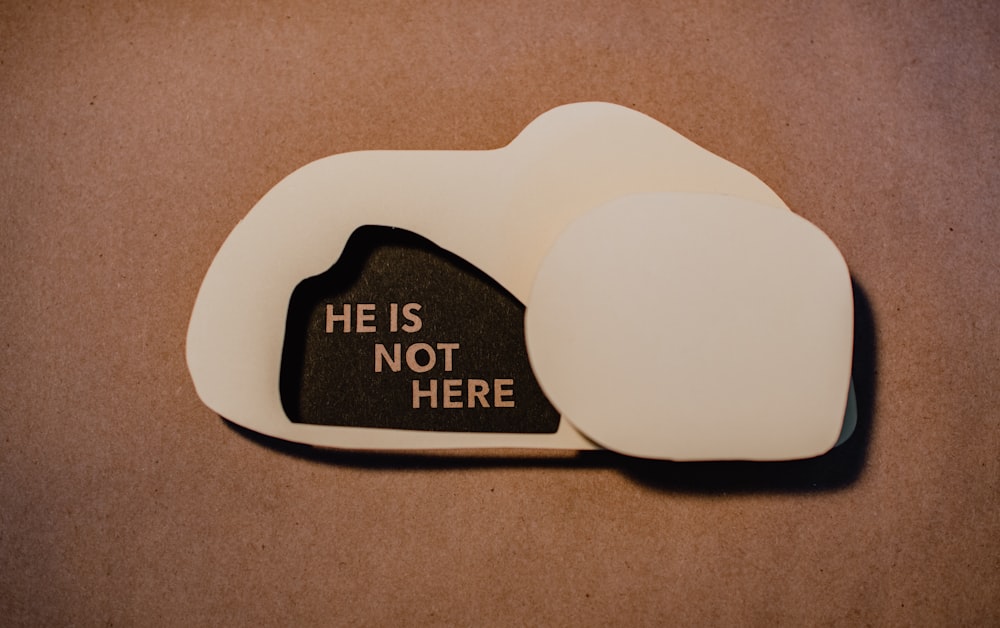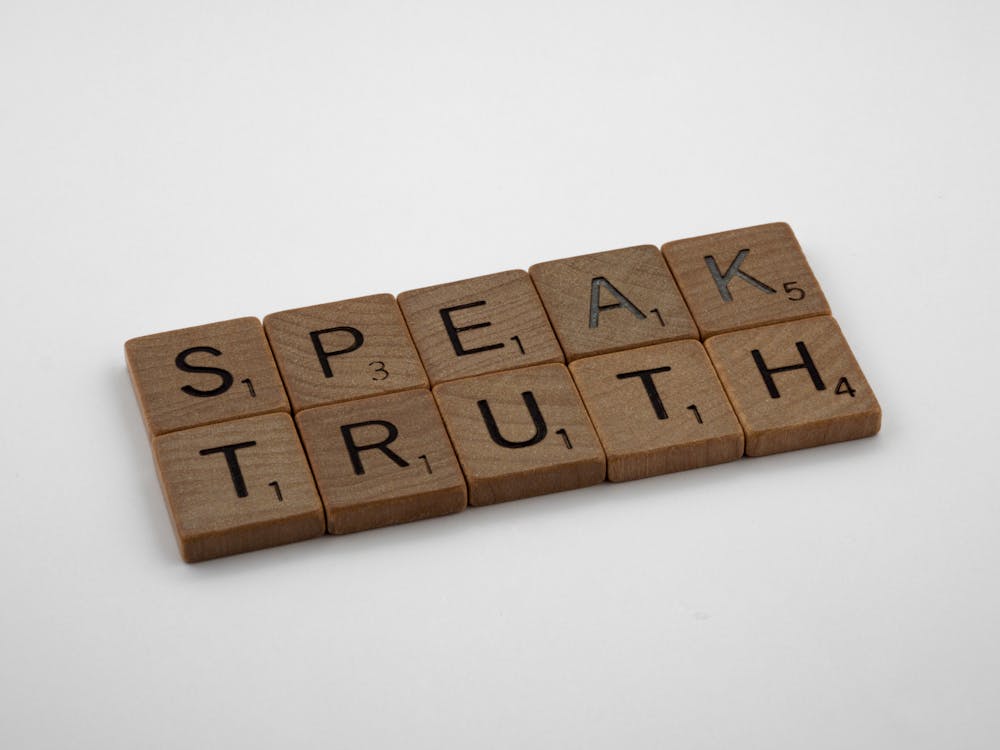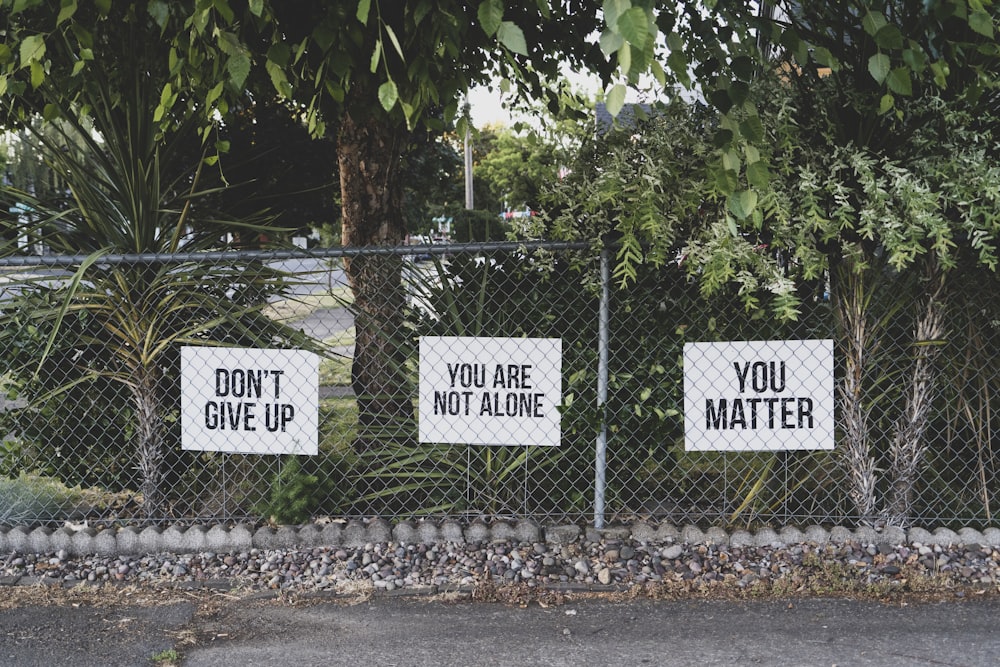
In the Catholic Times, the director of Our Theological Institute writes in the Eyes of the Believer Column of doubts and questions about faith life.
This spring, she is reading the book written by Father Thomas Halik from the Czech Republic before he arrives for his lecture in Korea in early May. Father Halik has doctorates in sociology, philosophy, and psychology, and worked as a psychotherapist during the communist regime, while secretly receiving priestly ordination and working in the underground church. Living as a priest in the Czech Republic, where there are more atheists than in any other country in Europe. He is also a theologian interested in dialogue with persons who are skeptical of their faith or claim to be atheists.
If you look at his own life journey, he makes clear that as a priest he had a period of darkness where he could not feel God. An adolescent boy who had doubts about the school education that imposed an atheistic worldview, saying that religion is the opium of the people, followed the spiritual longing to find the meaning of life and entered the Catholic faith. However, the passion for faith, which burned infinitely hot during the days of risk-taking but strange as it seems after the communist regime collapsed and freedom of faith returned, wandered as if lost in the face of the cold church reality in which God could not be experienced.
His book is a book for those who ask themselves what does it mean to have true faith in these times? He is asking those who have the same concerns as himself, that is, those who feel skeptical about their religious life, and those who seek spirituality but cannot find answers in the current church. He continues to seek out and talk to atheists who deny the existence of God. In such a conversation, we discover the paradox of faith that those who are sure they know the truth of faith are rather indifferent to meeting the true God, and those who constantly doubt and question whether God really exists can meet him first.
As she read and meditated on the various questions of faith raised by Father Halik, the Apostle Thomas comes to mind with his tenacious and stubborn attitude in today's Sunday Gospel. At first the words of Jesus, "Abandon doubt and believe," seem to be rebuking Apostle Thomas, who asks for clear evidence of faith, and "Blessed are those who believe without seeing." However, the recent documentary series ‘I am God’, which shocked our society, clearly shows what kind of danger blind faith that does not ask questions can easily fall into. ( A documentary exposing pseudo-religious cults to encourage followers to leave. It sheds light on four cult leaders accused of manipulating and exploiting their followers)
Not long ago, the results of a Gallup survey that surveyed 'religious orientation and perception of reality' in 61 countries around the world were announced. The number of believers was only 36%. And those who claim to be atheists have the second highest percentage in the world at 34%. Among young people in their 20s, who are atheists it was 51%. Another survey published by the Protestant Church also found that the religious population only accounted for 36.6%, while non-religious people accounted for 63.4%, a significant increase in recent years.
The reality is that there are more and more people in Korean society who doubt the existence of God. "I believe" they are baptized, so today’s believers live as if their faith has been completed but "What on earth do they believe?" Apostle Thomas was finally able to meet the resurrected Lord because he did not settle for uncertain faith until he personally experienced Jesus and made a passionate confession of faith, saying: "My Lord and my God!" Perhaps in our day, faith that doubts and questions what it means to live as a true Christian and witness to the resurrection is required.





